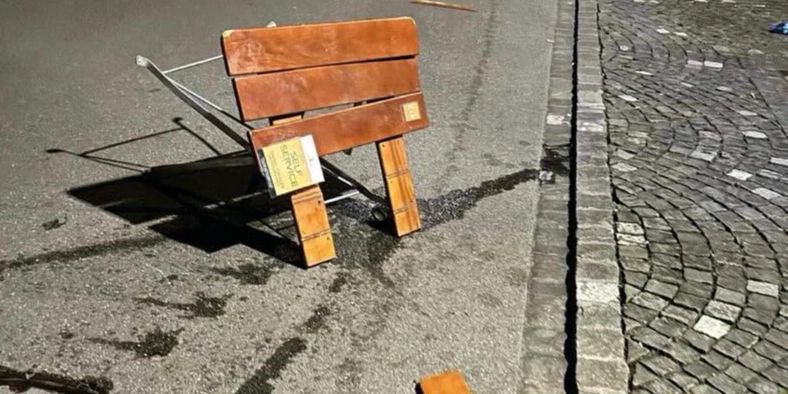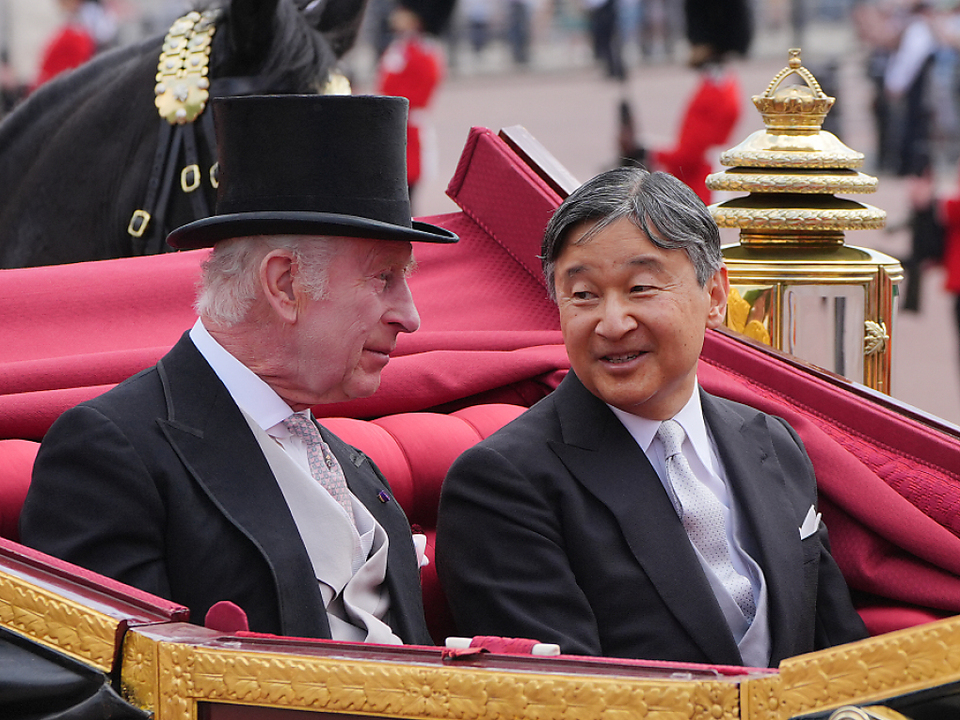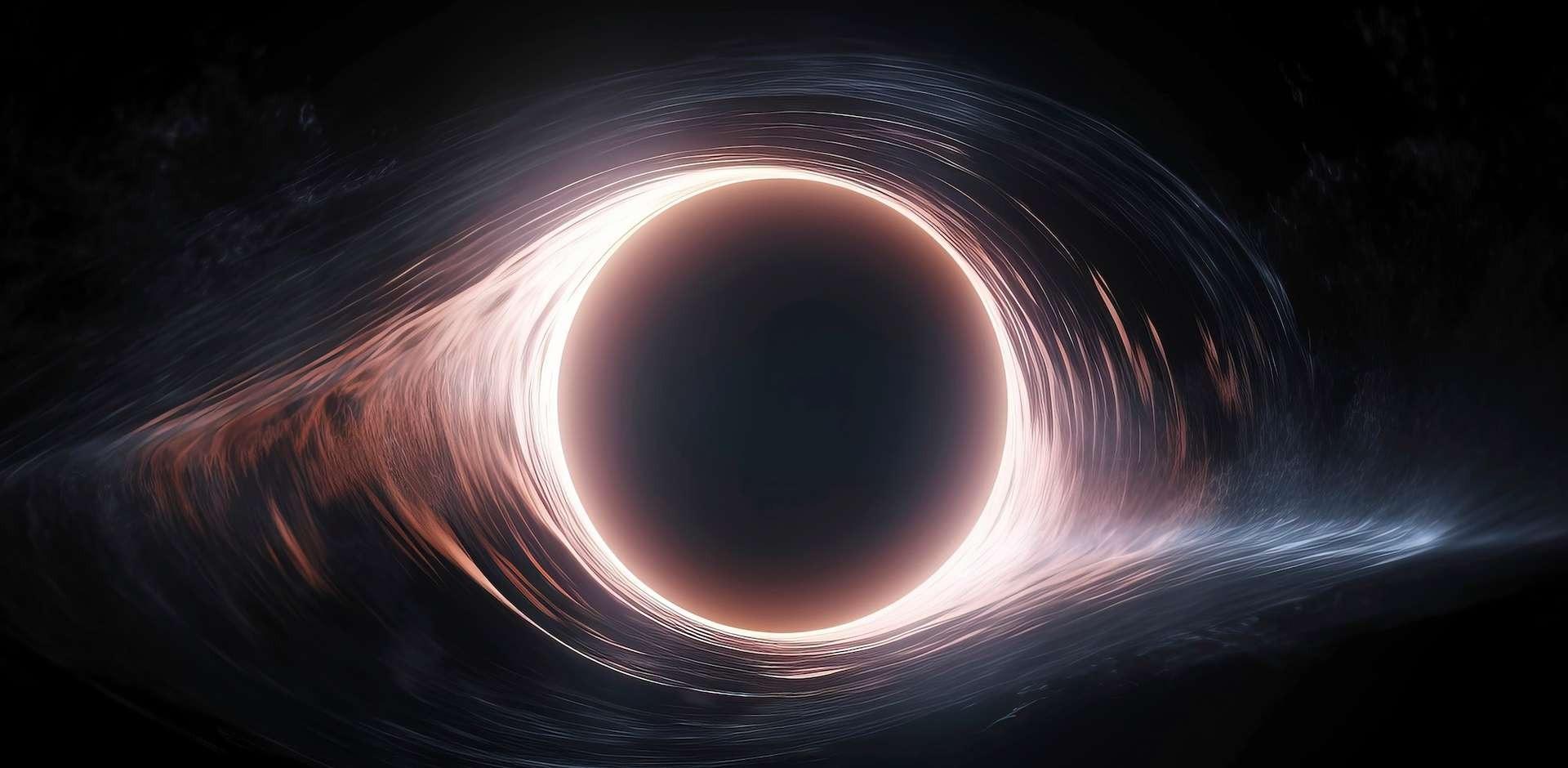Black holes are fascinating and confusing objects. As part of the fifth Black Hole Week – Black Hole Week 2024 – NASA engineers invite us to dive into the heart of such a hole. A supermassive black hole like the one at the center of our Milky Way galaxy. An experience that cannot be compared to anything.
What would happen if you fell into a black hole? You may have asked yourself this question before. NASA has decided to provide you with the answer to that. A challenge even for astrophysicists. But one way is for them to practice working on connecting complex relativistic mathematics to its real-world consequences by simulating processes that are difficult to imagine.
NCCS, or NASA’s Center for Climate Simulation, is a supercomputing center for supercomputer science that explores a variety of different instruments and experiments. Inside, 127,232 cores allow for 8.1 petaflops of computing power. pic.twitter.com/3z1WL1dsbx
– Adrian ⚡ (@Adrian_SMO_2000) May 25, 2023
Supercomputer to simulate a supermassive black hole.
Thanks to the capabilities of the Discover supercomputer located at NASA’s Climate Simulation Center, engineers were able to reveal what is happening at the heart of the black hole. Their project generated about 10 terabytes of data over a period of about five days. A traditional computer would have needed more than a decade to do this. To do what exactly? To simulate a camera – but the result would be the same for a daring astronaut – penetrating the event horizon of a black hole.
To make the experiment even more exciting, the researchers chose a supermassive black hole. Its mass is 4.3 million times the mass of our Sun. This is a black hole that resembles the center of the Milky Way. Smaller black holes with a mass of a few tens of solar masses generate stronger tidal forces that can tear apart objects approaching them even before they reach the event horizon. Astrophysicists talk about spaghetti.
The very dramatic event of a camera falling into a black hole.
The event horizon of the simulated black hole extends about 25 million kilometers. This is just over 15 percent of the distance between Earth and the Sun. Surrounded by a flat, rotating cloud of hot, glowing gas, the accretion disk, it serves as a visual reference as it falls toward the black hole. The same is true for light structures called photon rings, which form near a black hole from light that has orbited it one or more times. The backdrop of the starry sky as seen from Earth completes the scene.
The videos start while the camera is about 400 million miles away. As the camera approaches the black hole, it accelerates to speeds increasingly closer to the speed of light. Like the sound of an oncoming race car, the glow of the accumulating disk and stars in the background intensifies. The whole thing distorts more and more, creating multiple images as its light travels through increasingly distorted space-time.
In real time, it takes the camera about three hours to reach the event horizon. On the way there it completed almost two full orbits. However, for someone watching from a distance, the camera will never reach the event horizon. Because as space-time distorts, the camera image will slow down and then appear to freeze right in front of it. For this reason, astronomers initially called black holes “icy stars.”
© J. SCHNITTMAN, B. POWELL, NASA Goddard Space Flight Center – Explore the surrounding universe from inside a giant black hole with a 360-degree view.
Once the event horizon is reached, even spacetime flows inward at the speed of light. The camera and the spacetime in which it travels then rush toward the center of the black hole, a one-dimensional point called a singularity, where the laws of physics as we know them stop working. It only takes 12.8 seconds to destroy a camera with spaghetti. It has only 128,000 kilometers left, which it must cover in a very short time to reach the singularity point.
Time no longer passes in the same way when you approach a black hole.
An alternative scenario has been proposed by NASA engineers. One in which the camera narrowly misses the black hole’s event horizon. Physicists explain that if an astronaut had accompanied the camera and then returned to the mother ship that remained in the protection of the black hole, he would have returned 36 minutes younger than his colleagues. Because time passes more slowly near a strong gravitational source and when it is moving at a speed close to the speed of light.
A repeated experiment with a black hole rotating at the same speed as the black hole in the movie “Interstellar” will allow the intrepid astronaut to return several years younger than those left behind in the distance.
Editorial team: The Future, written by Natalie Mayer.
Cover image: © vuang, Adobe Stock – NASA invites us to delve into the heart of a supermassive black hole with a series of visualizations. This also includes videos that allow for 360-degree space exploration.

“Prone to fits of apathy. Zombie ninja. Entrepreneur. Organizer. Evil travel aficionado. Coffee practitioner. Beer lover.”






More Stories
Two asteroids pass near Earth this week
Is there another planet in our solar system?
Small stars swarm around the black hole – ‘like a chaotic swarm of bees’